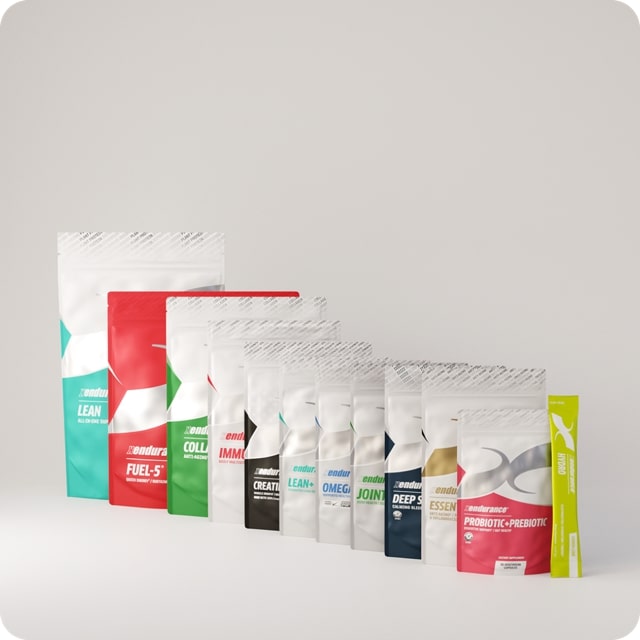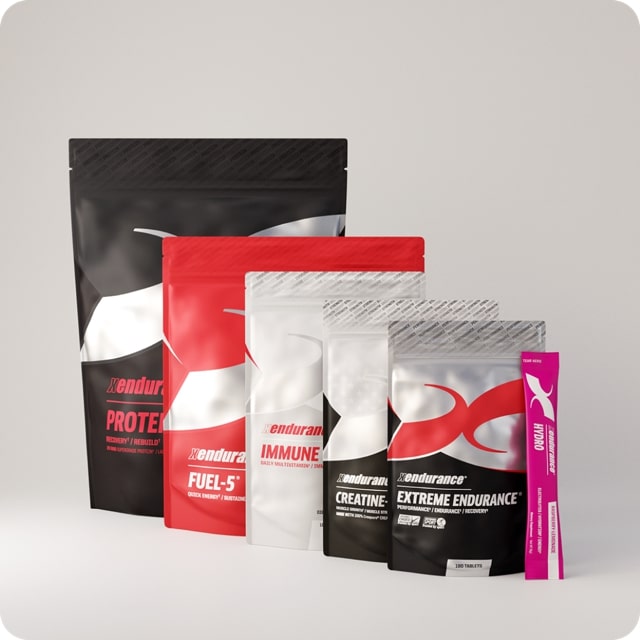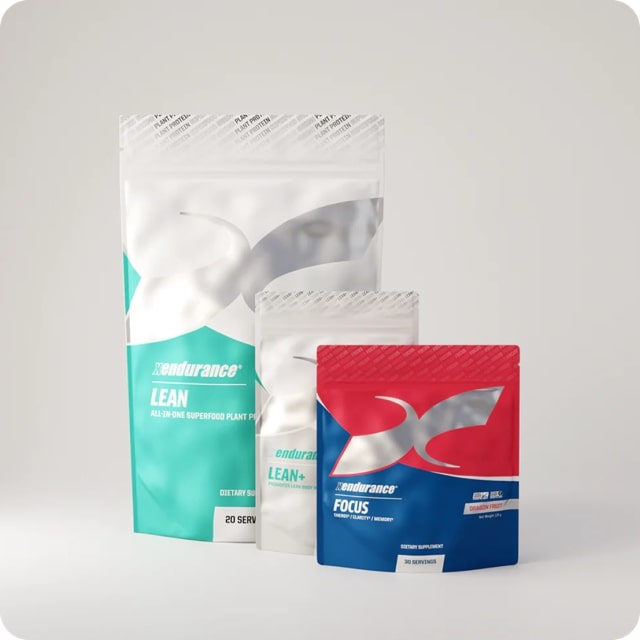Imagine three miles into your 10K and your legs start feeling very heavy, you may have a little dizziness and mental fatigue and you feel like you just can’t keep running. Your legs won’t keep moving. This is called “bonking”, also known as hitting the wall. It is an unforeseen aspect of endurance running, particularly in races like marathons. Bonking refers to the point where the body runs out of glycogen stores, leading to fatigue and a decrease in performance. And that finish line feels unattainable.
Here are seven comprehensive strategies to help prevent bonking during your runs:
1. Proper Pre-Race and Race Nutrition
Ensuring proper nutrition before and during the race is critical. Before the race, practice your eating plan to find out what works best for you and avoid stomach upsets. During the race, it's essential to consume foods, drinks, and supplements that provide energy. Items like jelly beans, gels, and sports drinks are recommended. The combination of glucose and fructose is often effective. It's suggested to aim for about 15 grams of carbs every 15 minutes during the race.
What Are Glycogen Stores And Why Are They Important?
Glycogen stores refer to the body's way of storing carbohydrates for energy use during exercise. Glycogen is a complex carbohydrate that is primarily stored in the liver and muscles. When you exercise, your body converts glycogen back into glucose, which is then used for energy.
Key Points about Glycogen Stores:
- Energy Source: Glycogen is a crucial energy source, especially during prolonged and high-intensity exercise. When you engage in physical activity, your body taps into these stores to fuel your muscles.
- Limited Capacity: The body can only store a limited amount of glycogen, typically enough for 1.5 to 2 hours of intense exercise. Once these stores are depleted, your energy levels can significantly drop, a state often referred to as "bonking" or "hitting the wall" in endurance sports.
- Replenishment: After exercise or your run, it's important to consume carbohydrates to replenish these glycogen stores. This is especially crucial for athletes or individuals who engage in regular intense exercise.
- Diet Impact: The amount of glycogen stored can be influenced by diet, particularly carbohydrate intake. Diets rich in carbohydrates can help maximize glycogen storage.
- Usage During Exercise: During shorter, high-intensity workouts, glycogen is the primary source of energy. In longer, lower-intensity activities, the body gradually shifts to burn more fat for energy, but glycogen still plays a big role.
- Impact of Training: Regular endurance training can enhance the body's ability to store and utilize glycogen more efficiently. This adaptation allows athletes to perform better and for longer periods.
- Role in Fatigue: Depletion of glycogen stores is one of the major causes of fatigue in endurance sports. Maintaining these stores through proper nutrition and pacing strategies is key to avoiding early fatigue.
In summary, glycogen stores are crucial for providing the energy needed during exercise, especially in endurance sports. Managing these stores through diet, supplementation, and training is an essential aspect of athletic performance and endurance.
2. Understand and Extend Your Bonk Point
Identify your personal bonk point (the time at which you typically hit the wall) and work on extending it. This can be achieved by doing no-carb runs that last 80-90% of your bonk point. Gradually, you should see your bonk point extend, which is beneficial for longer races.
3. Pace and Training Adjustments
Slowing down your pace can help your body tap into fat stores for energy, delaying the onset of bonking. If you hit a wall, it's okay to take a break, walk, and resume running at a slower pace once recovered. Regular training, extending average run times, and adding a midweek long run are also effective strategies.
4. Consumption of Carbohydrates During the Run
Quick-acting carbohydrates, like sports drinks, gels, or energy bars, can provide a quick energy boost and replenish glycogen levels. However, it's important to consume these in moderation to avoid stomach discomfort.
5. Tapering
Tapering, which involves reducing mileage in the weeks leading up to the race, helps minimize fatigue and allows glycogen stores to replenish. This strategy also provides time for muscles and connective tissues to repair and strengthen, preparing you for peak performance.
6. Mental Attitude
Maintaining a positive mental attitude is crucial. Redirecting thoughts, focusing on the current mile, and using music for motivation can significantly impact your performance and ability to avoid bonking.
7. Hydration and Personal Care
Staying hydrated is key, and the amount of fluid needed can vary depending on weather conditions. Training in a fasted state occasionally can help your body get accustomed to using fat as a primary energy source. It's also important to carry essentials like a rescue gel and fluids during runs.
How Diet Can Increase Your Glycogen Stores
Diet plays a crucial role in increasing glycogen stores, which are vital for energy during prolonged physical activities like long-distance running. Glycogen is the stored form of glucose, and it's primarily found in the liver and muscles. To enhance glycogen storage, athletes and active individuals often focus on carbohydrate-rich diets. Carbohydrates are the most effective macronutrient for replenishing glycogen stores. Consuming a diet high in complex carbohydrates, such as whole grains, fruits, vegetables, and legumes, can significantly boost these stores. The process is most efficient when carbohydrates are consumed soon after exercise, during the first 30 minutes to two hours, when the body's ability to replenish glycogen is the highest.
Furthermore, the quality of carbohydrates matters. While simple sugars can provide a quick source of glucose, complex carbohydrates offer a more sustained release, which is beneficial for maintaining energy levels over longer periods. Athletes might also consider the glycemic index of foods, opting for low to medium GI foods for regular meals and higher GI foods for post-exercise recovery. This strategy helps in maintaining stable blood sugar levels and a continuous supply of energy. Additionally, it's important to balance carbohydrate intake with adequate proteins and fats, as these macronutrients are essential for overall health and aid in the recovery and rebuilding of muscle tissues. Consistently following a well-balanced, carbohydrate-rich diet can lead to an increase in the body's capacity to store glycogen, thereby enhancing endurance and performance in long-duration sports.
Can Lactate Help Extend Your Glycogen Stores?
Lactate, often misunderstood as merely a byproduct of intense exercise that causes muscle fatigue, actually plays a significant role in energy metabolism, particularly in prolonging glycogen stores during prolonged physical activity.
During moderate to high-intensity exercise, the body relies heavily on glycogen stored in the muscles for energy. When the muscles are working hard, they break down glycogen into glucose, which is then used to produce energy. This process also leads to the production of lactate. Previously, lactate was believed to be a waste product contributing to muscle fatigue and soreness. However, recent research has revealed that lactate is a valuable energy source, especially when the body's oxygen levels are lower during intense exercise.
When the body starts to produce lactate, it's a sign that it's entering anaerobic metabolism – a state where it's not getting enough oxygen to produce energy solely from aerobic pathways. Lactate production helps in this scenario because it can be converted back into energy even in the absence of sufficient oxygen. Lactate is transported from the muscles to the liver, where it is converted back into glucose. This glucose can then be either used directly by the muscles as a source of energy or re-stored as glycogen.
By acting as an alternative energy source, lactate effectively reduces the rate at which muscle glycogen is depleted. This conservation of glycogen is crucial in endurance sports, as glycogen stores are limited and their depletion often leads to fatigue and a decrease in physical performance. In essence, lactate production allows athletes to perform high-intensity exercise for longer periods by providing an additional energy source and sparing glycogen reserves.
This understanding of lactate's role in energy metabolism has led to a shift in how athletes train and manage their energy resources. Some sports supplements contain lactate for just this purpose; provide energy so the rate of muscle glycogen will decrease.

Integrating Seven Key Strategies to Outrun Bonking
Outrunning the risk of bonking in endurance events involves integrating seven key strategies: ensuring a balanced, carbohydrate-rich diet for optimal glycogen storage, practicing race-specific nutrition, identifying and extending your bonk point through training adaptations, managing pace to optimize energy use, employing tapering techniques, maintaining a strong mental focus, and understanding the role of hydration and sports supplements. These strategies work synergistically to enhance endurance performance, not only by preserving glycogen stores but also by optimizing the body's overall energy management and mental resilience during the most challenging phases of endurance events.











コメントを書く
このサイトはreCAPTCHAによって保護されており、Googleプライバシーポリシーおよび利用規約が適用されます。